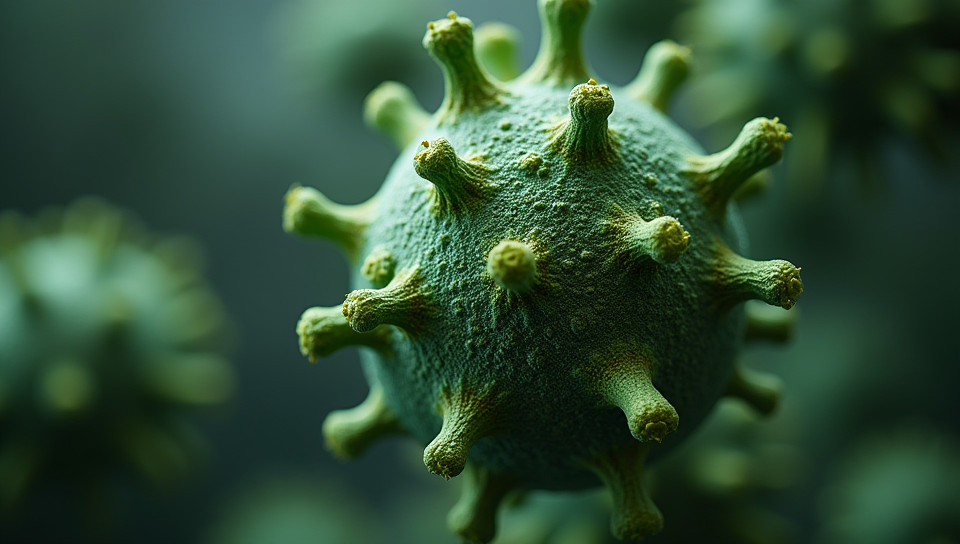Anandamide plays a key role in the endocannabinoid system 83%

The Endocannabinoid System's Hidden Gem: Unlocking Anandamide's Potential
Imagine a natural chemical in your body that can produce feelings of euphoria, reduce stress and anxiety, and even alleviate chronic pain. Sounds too good to be true? Think again! This is the world of anandamide, a fatty neurotransmitter that plays a crucial role in the endocannabinoid system (ECS). In this article, we'll delve into the fascinating realm of anandamide and its significance within the ECS.
What is Anandamide?
Anandamide, also known as N-arachidonoylethanolamine (AEA), is a natural endogenous cannabinoid produced by our bodies. The name "anandamide" comes from the Sanskrit word "ananda," meaning bliss or happiness, which accurately reflects its mood-enhancing properties.
How Does Anandamide Work?
Anandamide binds to the same receptors as THC, the psychoactive compound found in cannabis. This interaction triggers a cascade of effects that influence our emotional and physical well-being. When anandamide is released, it interacts with cannabinoid receptors in the brain, promoting feelings of relaxation and reducing stress levels.
The Role of Anandamide in the Endocannabinoid System
The endocannabinoid system is a complex network of receptors, chemicals, and metabolic pathways that help maintain our bodily functions. Anandamide serves as an agonist for CB1 receptors, which are responsible for regulating:
- Pain perception
- Mood and emotional state
- Memory and learning
- Appetite and metabolism
What Happens When We Lack Anandamide?
Anandamide levels can be influenced by various factors such as diet, exercise, stress, and genetics. Research suggests that decreased anandamide production may contribute to:
- Anxiety disorders
- Depression
- Chronic pain conditions
- Obesity and metabolic issues
Conclusion
In conclusion, anandamide is a vital component of the endocannabinoid system, playing a crucial role in our emotional and physical well-being. Understanding its functions and interactions can lead to new avenues for therapeutic treatments and promote overall health. By embracing the complexities of anandamide, we may unlock new possibilities for harnessing its potential and improving human experience.
- Created by: Thiago Castillo
- Created at: Dec. 3, 2024, 11:38 a.m.
- ID: 16433






